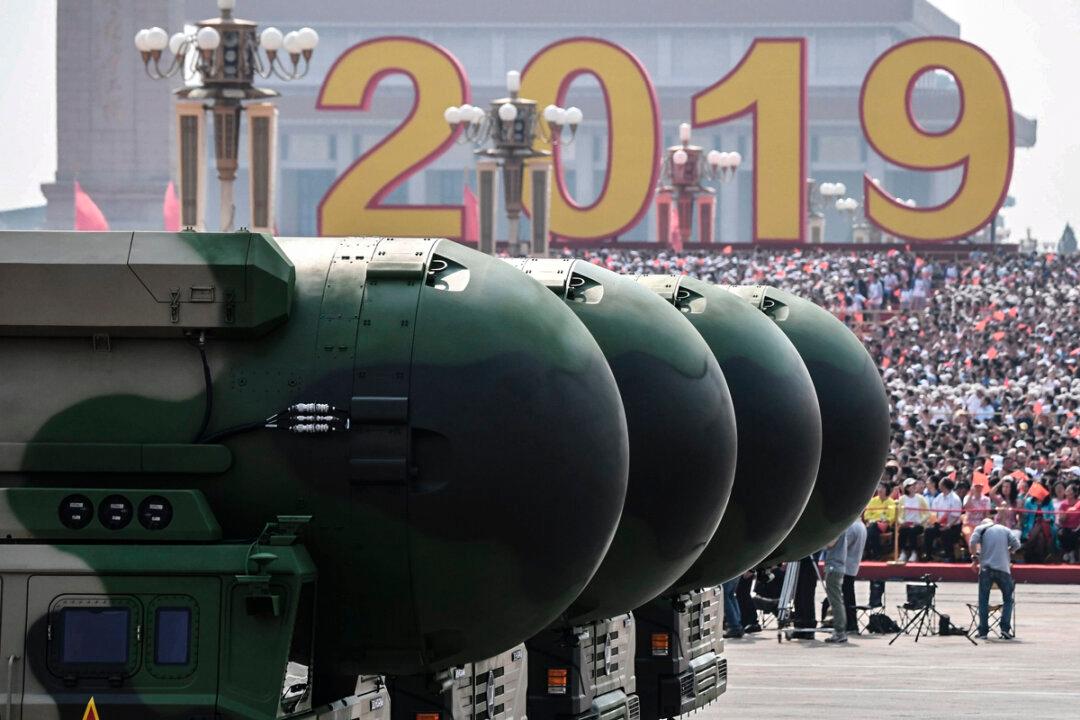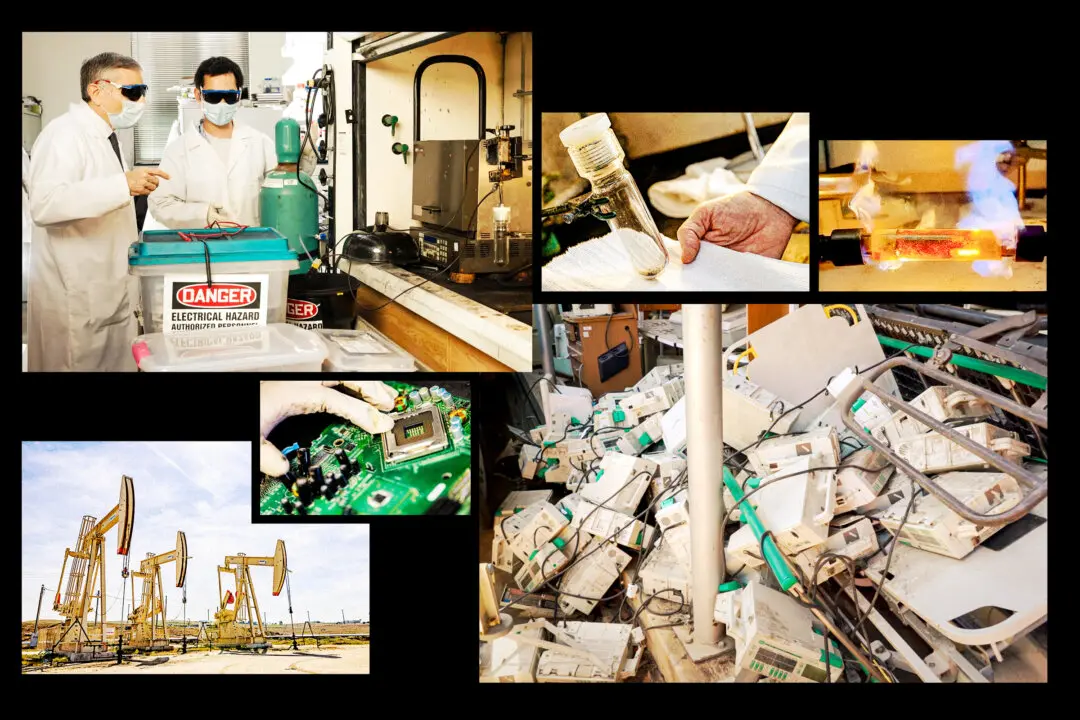Australia will enhance its missile defense and long-range strike capability following China’s recent intercontinental ballistic missile (ICBM) test in the South Pacific, the country’s defense industry minister said on Oct. 30.
China’s Indo-Pacific neighbors expressed concern after the Chinese communist regime’s military tested an ICBM on Sept. 25.





